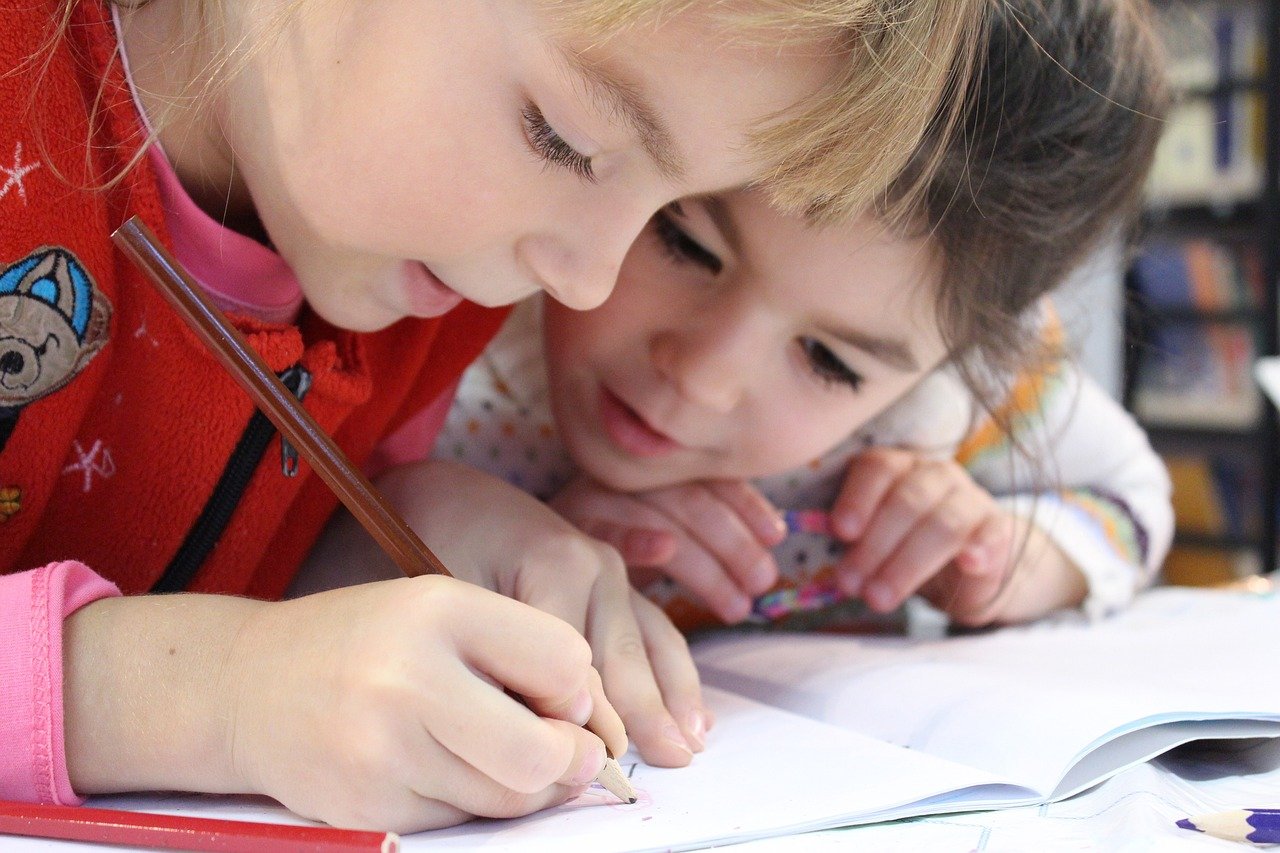Ever wondered how kids learn in other countries? Turns out, there’s no one-size-fits-all answer. From Asia’s pressure cooker to Europe’s chill vibes, education systems around the world are as diverse as the cultures themselves. Let’s take a trip around the globe and see how different countries are shaping the minds of their future generations!
Asia’s A-Students: Imagine facing hours of extra classes after school! That’s the reality for students in countries like South Korea, Japan, and Singapore. These “Tiger Mom” cultures focus on intense studying, standardized tests, and getting top marks. While this approach leads to high scores on international tests, some worry it creates stressed-out robots instead of well-rounded individuals.
Europe’s Learning Buffet: Across the pond, things are a little more relaxed. Finland, a consistent education rockstar, prioritizes student well-being and play-based learning. Think lots of playtime, happy kids, and surprisingly good test scores too! Germany takes a more practical approach, offering vocational training alongside academics, preparing students for skilled jobs right out of high school. But even in Europe, there are challenges. Some countries struggle with kids from poorer families falling behind, showing how money can still impact learning.
The US and Canada: Balancing Act
In North America, it’s all about striking a balance. Schools try to teach kids to think critically and solve problems, all while prepping them for standardized tests. Private schools often have amazing resources, but public schools can vary wildly depending on location. Here too, money plays a role, with wealthier districts having better facilities and teachers. It’s a constant debate: how to make sure all kids get a fair shot at a great education, no matter their background.
Challenges in Developing Countries: In many parts of the world, getting a good education is still a dream for many children. Big classes, lack of resources, and not enough teachers make learning tough. But there’s good news too! Programs like “Educate Girls” are fighting to get more girls in school, especially in Africa. Plus, technology is lending a hand. Online learning platforms offer new ways for kids to access quality education, even in remote areas.
Education Makes the World Go Round (Literally!)
So, why is education such a big deal? Because it’s the key to a better future, not just for individuals, but for entire countries. When people are educated, they get better jobs, which boosts the economy. They’re also more likely to vote, participate in their communities, and raise healthy families. Plus, education can help reduce crime by giving young people the tools they need to succeed in life.
School’s Not Just About Grades
Sure, getting good grades is important, but there’s more to learning than just memorizing facts. The best schools focus on developing the whole child. They teach critical thinking, problem-solving skills, creativity, and how to get along with others. In today’s fast-paced world, being able to learn new things and adapt to change is key!
The Future of Learning: High Tech and High Touch
The way we learn is constantly changing. Technology can personalize learning for each student, making it more engaging and effective. Imagine learning history through virtual reality or practicing math with a fun online game! But tech alone isn’t the answer. Schools also need to prioritize social interaction and emotional well-being to create well-rounded individuals.
The Final Bell: Ringing in a Brighter Future
There’s no perfect education system, but by learning from each other and embracing innovation, we can all work towards a brighter future. By ensuring every child receives a quality education, we’re investing in the future of our world, one curious young mind at a time!
Summary: School Around the World
This blog post explores the diverse education systems around the globe, highlighting the unique approaches in different regions:
- East Asia: Intense studying, standardized tests, and pressure for high marks (“Tiger Mom” cultures) lead to top scores but raise concerns about student well-being.
- Europe: Finland prioritizes student well-being and play-based learning, while Germany integrates vocational training. However, social mobility remains a challenge.
- North America: Balancing critical thinking and problem-solving with standardized testing. Funding disparities create inequalities between public and private schools.
- Developing Countries: Large class sizes, limited resources, and teacher shortages create hurdles, but initiatives like “Educate Girls” and online learning platforms offer solutions.
The importance of education is emphasized for its impact on:
- Individual Success: Better jobs, participation in society, and crime prevention.
- National Development: Economic growth, social mobility, and a more informed citizenry.
The blog concludes by calling for a move beyond standardized testing and towards developing well-rounded individuals with critical thinking, creativity, and lifelong learning skills. Technology can personalize learning, but social interaction and emotional well-being remain crucial. By learning from each other and embracing innovation, we can work towards a brighter future through quality education for all.
Let me know in the comment that how is your country’s education system.



